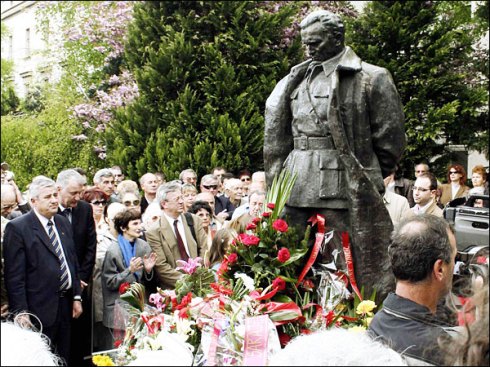Yugo-nostalgia, translated from jugonostalgija / југоносталгија, is a little-studied cultural and psychological phenomenon occurring among some citizens of the former Yugoslavia, specifically toward the Socialist Federal Republic of Yugoslavia (SFRY). While its anthropological and sociological aspects have not been clearly recognized, the term, and the corresponding epithet “Yugo-nostalgic”, is commonly used by the people in the region in two distinct ways: as a positive personal descriptive, and as a derogatory label.
In its positive sense, Yugo-nostalgia refers to a nostalgic emotional attachment to idealized positive aspects of the SFRY… economic security, socialist ideology, multiculturalism, internationalism and non-alignment, history, customs and traditions, and an allegedly more rewarding way of life. In the negative sense, the epithet has been used by the supporters of the new regimes to portray their critics as anachronistic, unrealistic, unpatriotic and possibly treacherous. Present manifestations of Yugo-nostalgia include music groups with Yugoslav or Titoist retro iconography, art works, films, theater performances, and many organized, themed tours of the main cities of the former Yugoslav republics (mostly Belgrade and Sarajevo).
Image: Some 1,000 people gather near a statue of Josip Broz Tito during a ceremony commemorating the 26th anniversary of his death in Sarajevo, May 4. Getty Images


Leave a comment
Comments feed for this article